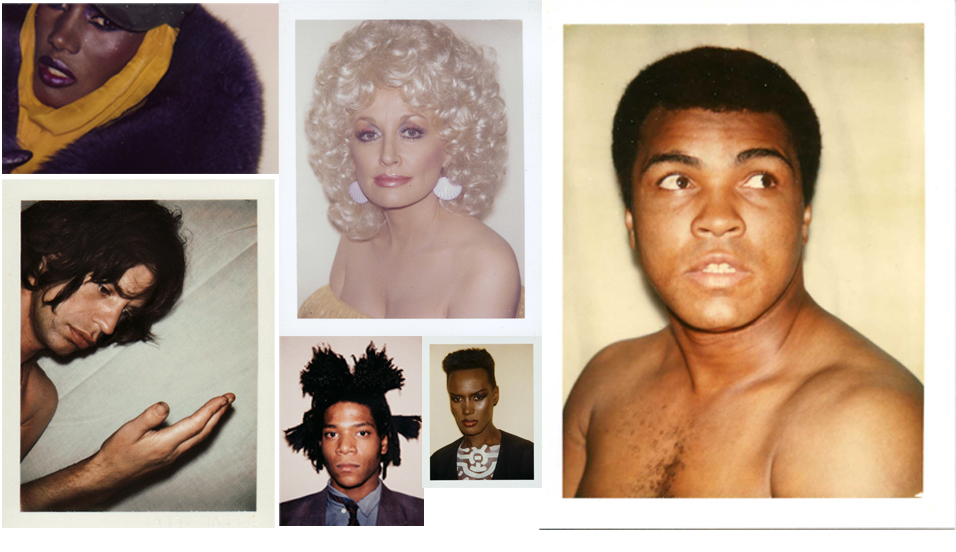Illustrator Andy Warhol was one of the most prolific and popular artists of his time, using both Avant-Garde and highly commercial sensibilities.
Born on August 6, 1928, in Pittsburgh, Pennsylvania, Andy Warhol was a successful magazine and advertisement illustrator who became a leading artist of the 1960’s Pop art movements. He ventured into a wide variety of art forms, including performance art, film making, video installations and writing, and controversially blurred the lines between fine art and mainstream aesthetics.

Andy is very clever at challenging the subverted roles of famous and well known people. He sets them in a role through the technique of pop-art and recent art culture, to signify their characteristics and bring out their personality through colour and vivid lines and geometry.

Some of Andy Warhol’s work includes that of Polaroids. Andy captures many of the risen stars of the late 1900’s through Polaroids in a technique of challenging their fame and why they are at the top. Warhol worked with the likes of Mick Jagger, in a way he wanted to show society what life is like in fame. Using a Polaroid also suppresses the normality and mundane surrounding regarding the characters chancing their role through a normal and reflective stance.
The images below are mine that I took during my time in Idaho Springs, Colorado. I thought this rustic and classic composition can work alongside his work in a comparative and subversive way. The edits I made of these images show how I’ve used colour and sharp edges to receive an outcome like Warhol.
Below, I have created a grid in the style of Andy. I did this in Photoshop using a ‘web’ format to create this grid.I also used a layer mask in order to bring out the colours and vivid lines within the photograph. Overall, I am very happy with the success of this interpretation, as I feel I have grasped his ideologies in society and how he uses art to encounter everyday life and its events. I feel as if my interpretations have really challenged and changed my approach when it comes to working with the public’s reactions and ideologies and how its chanced me to venture outside my comfort zone when approaching these interpretations.











